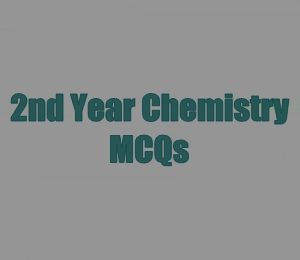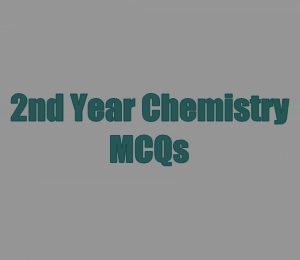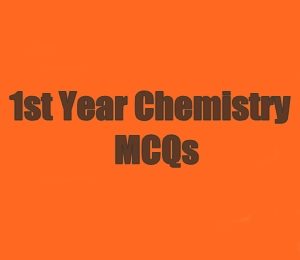For entrance test preparation, here you will find 1st Year Chemistry Chapter 3 Atomic Structure MCQs with Answers. These are the important MCQs you can find and prepare for MDCAT, ECAT, NET, and other entrance tests. This chapter is about what an atom looks like. There are more than 100 subatomic particles and out of these, three fundamental particles are proton, electron, and neutron. Then there is the atomic and mass number. Isotopes are the atoms of the same element that differ in mass and the number of neutrons. The concept of Ionization energy, and then the Trends in the Periodic Tables are important. So, check out the important MCQs of this chapter below. Solve the quiz and check how good you’re prepared for the entry test.
1st Year Chemistry Chapter 3 Atomic Structure MCQs
940



